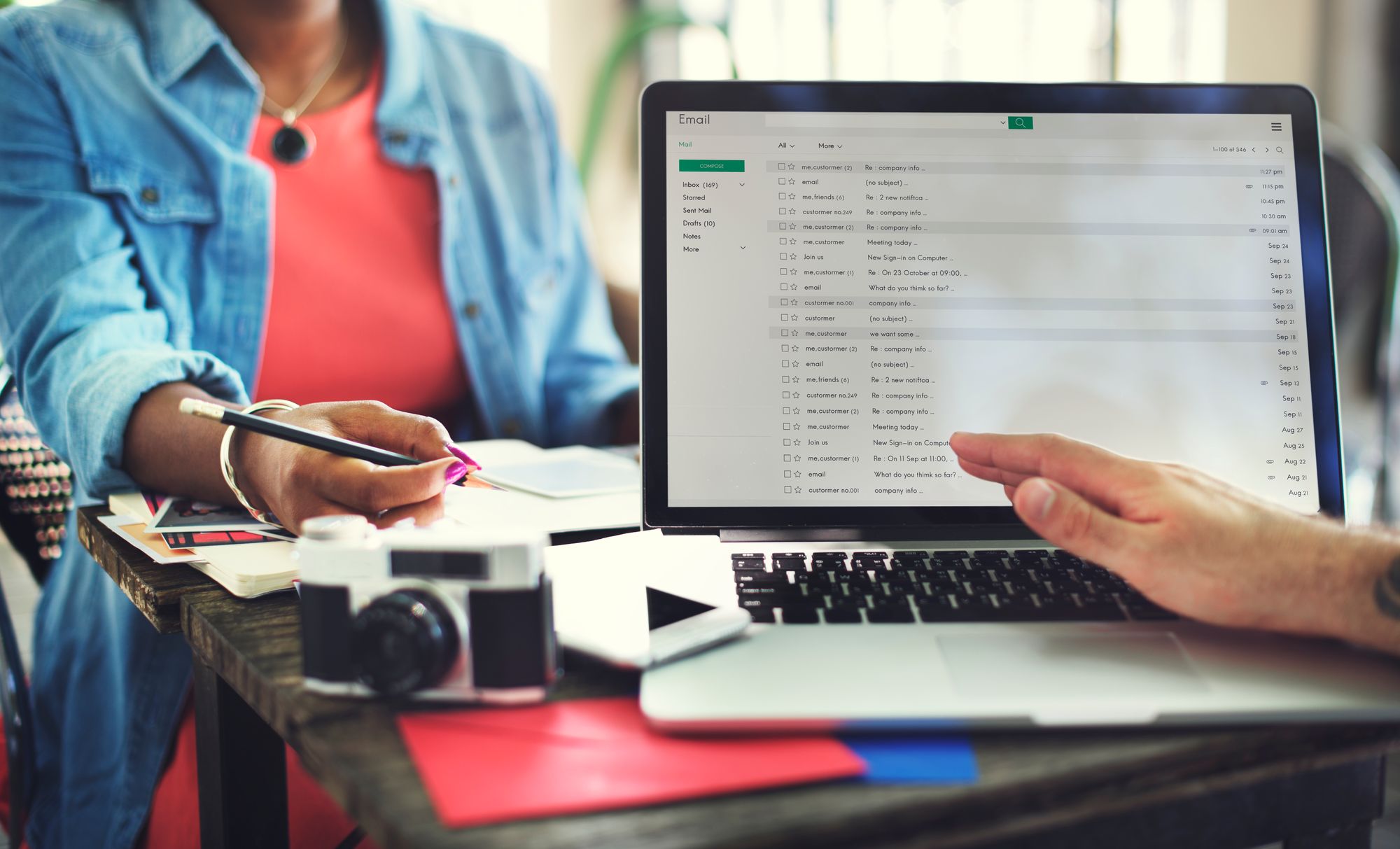Email has become an indispensable means of communication in today's digital age. However, not all emails are trustworthy or legitimate. With the increasing prevalence of spam, phishing attempts, and data breaches, it's essential to know how to check the validity and security of your emails. In this comprehensive guide, we will explore different methods and tools to help you perform email checks effectively and ensure that your inbox remains safe and secure.
1. Use an Email Checker Tool

An email checker tool is a convenient and efficient way to verify the validity and security of an email. These tools perform various checks, such as email address validation, domain reputation analysis, spam filtering, and malware detection. Email checker tools can help you identify potential threats and determine whether an email is trustworthy or suspicious.
There are several reputable email checker tools available online. One popular option is Email-Checker.net. This tool allows you to validate email addresses, check domain reputation, and identify potential spam or malicious content. By using an email checker tool, you can quickly assess the legitimacy of an email and make informed decisions about whether to trust or act upon it.
2. Check Email Headers
Email headers contain important information about the origin and delivery of an email. By examining the email headers, you can gather insights into the email's authenticity and security. Most email clients provide options to view email headers, usually found in the settings or options menu.
When analyzing email headers, look for the following details:
- Sender's IP address: Verify that the IP address matches the expected location or organization.
- Received from: Check the reliability of the server that received the email.
- X-Originating-IP: This field reveals the IP address of the sender. Ensure it aligns with the sender's claimed identity.
- Authentication results: Look for any authentication methods used, such as SPF, DKIM, or DMARC. Valid authentication increases the email's credibility.
By examining the email headers, you can identify any inconsistencies or signs of spoofing that may indicate a fraudulent or malicious email.

3. Be Cautious of Email Attachments and Links
Email attachments and links can pose significant risks if they are malicious or lead to phishing websites. Exercise caution when interacting with attachments or clicking on links, especially if they come from unknown or suspicious sources.
Before opening an attachment, scan it using reputable antivirus software to detect any potential malware. Avoid opening attachments that are executable files (.exe) unless you are confident about their legitimacy.
When clicking on links, hover your mouse over the link to view the URL's actual destination. Ensure that it matches the expected website or domain. Be especially cautious of shortened URLs, as they can hide the true destination. If in doubt, manually enter the website address in your browser instead of clicking on the link.
4. Educate Yourself About Phishing and Scam Techniques
Phishing and scam emails are designed to trick recipients into divulging sensitive information or performing harmful actions. By familiarizing yourself with common phishing techniques, you can better recognize and avoid potential threats.
Some common phishing red flags include:
- Emails requesting personal or financial information, such as passwords or credit card numbers.
- Emails with urgent or threatening language, pressuring you to take immediate action.
- Emails with generic greetings or spelling and grammar mistakes.
- Emails claiming to be from reputable organizations but using suspicious email addresses or URLs.
Stay vigilant and skeptical when receiving emails, especially those asking for sensitive information or requesting unusual actions. When in doubt, contact the organization directly through official channels to verify the email's legitimacy.
5. Regularly Update and Secure Your Email Account
Maintaining a secure email account is crucial to protect your personal information and prevent unauthorized access. Follow these best practices:
- Choose a strong, unique password for your email account and update it regularly.
- Enable two-factor authentication (2FA) to add an extra layer of security.
- Keep your operating system, antivirus software, and email client up to date with the latest security patches.
- Be cautious when accessing your email account from public or shared devices.
By implementing these security measures, you can reduce the risk of email compromise and unauthorized access to your account.
Conclusion
Performing email checks is essential for maintaining a secure and trustworthy inbox. By using email checker tools, examining email headers, being cautious of attachments and links, familiarizing yourself with phishing techniques, and securing your email account, you can enhance your email security and protect yourself from potential threats. Stay informed, stay vigilant, and prioritize your email safety.



